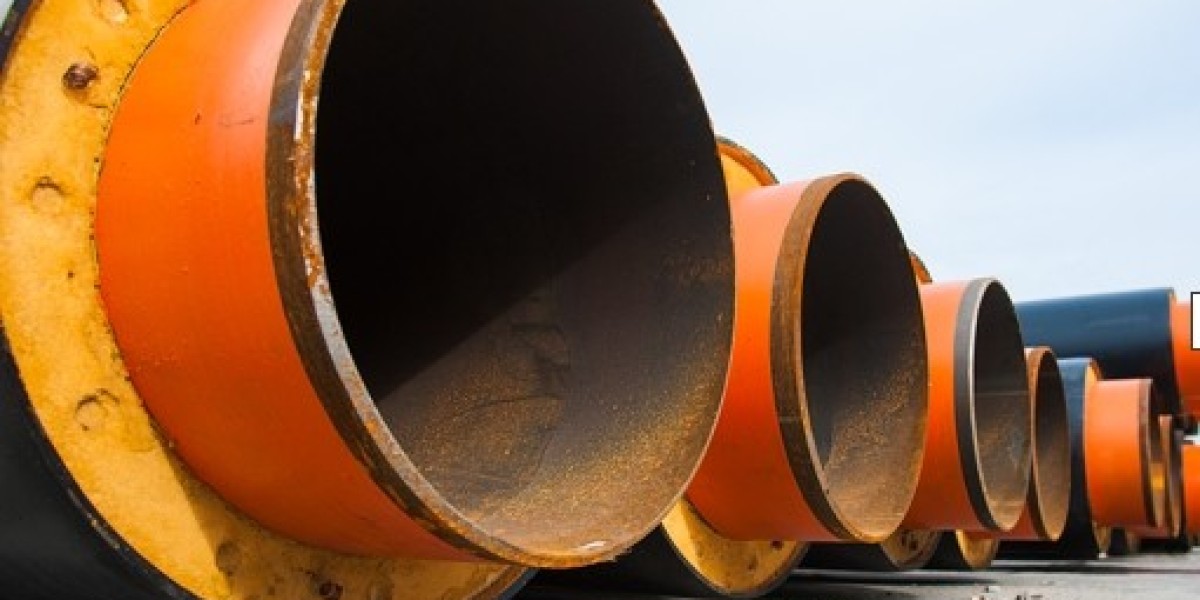In healthcare, the wellbeing of patients is, of course, paramount — but the safety of healthcare workers is equally critical. Among the hidden dangers they face daily, needlestick injuries rank as one of the most alarming risks. These injuries can expose healthcare workers to bloodborne pathogens like HIV, hepatitis B, and hepatitis C. Fortunately, advancements in medical devices, particularly safety syringes, have emerged as a game-changer in protecting the frontline heroes of healthcare.
The Problem: Needlestick Injuries and Their Impact
Needlestick injuries occur when a needle accidentally punctures the skin. While it might sound like a minor incident, the consequences can be life-altering. The CDC estimates that about 385,000 needlestick and other sharps-related injuries occur annually among hospital healthcare personnel in the United States alone. Globally, the numbers are even more staggering, affecting millions of healthcare professionals in hospitals, clinics, and emergency services.
The risks extend beyond immediate injury. There’s the looming fear of infection with dangerous diseases, which can cause emotional stress, anxiety, and long-term health problems. This fear sometimes leads to increased absenteeism, reduced productivity, and lower morale in the healthcare workforce. Clearly, needlestick injuries represent not only a physical hazard but also a substantial emotional and economic burden.
The Innovation: What Are Safety Syringes?
Safety syringes are specially designed syringes that incorporate mechanisms to prevent accidental needle sticks. Unlike traditional syringes, these have built-in features like retractable needles, sliding shields, or needle guards that automatically cover or retract the needle immediately after use.
This design prevents the needle from being exposed after the injection, reducing the chances of accidental pricks during handling, disposal, or transportation of the used syringe.
How Safety Syringes Protect Healthcare Workers
Automatic Needle Retraction
Many safety syringes feature a needle that retracts into the syringe barrel as soon as the injection is complete. This eliminates the possibility of the needle sticking out post-use.Protective Needle Shields
Some designs include a protective shield that snaps over the needle after injection, physically blocking contact.Simplified Handling and Disposal
By reducing the need to manually cover needles, these syringes lower the chance of user error and accidental injury during disposal.One-Handed Activation
Many safety syringes allow healthcare workers to engage the safety feature with just one hand, maintaining efficiency and preventing accidental slips.
Real-World Impact: Lowering Injury Rates
Hospitals and clinics that have transitioned to using safety syringes report dramatic reductions in needlestick injuries — often by as much as 70-80%. For instance, a study published in the American Journal of Infection Control showed that after implementing safety syringes, injury rates among nurses dropped significantly within the first year.
The reduction in injuries also translates to fewer cases of occupational infections, decreased treatment costs for exposed workers, and less psychological trauma. By minimizing risk, healthcare providers can focus more on patient care, confident in a safer work environment.
Overcoming Barriers: Challenges in Adopting Safety Syringes
Despite clear benefits, the adoption of safety syringes is not universal. Some healthcare facilities hesitate due to higher upfront costs compared to traditional syringes. There can also be resistance to change due to training requirements or perceived inconvenience.
However, it’s important to consider the bigger picture: the long-term savings from preventing injuries, reducing worker compensation claims, and avoiding the costs associated with treating infections far outweigh the initial investment.
The Role of Training and Awareness
Simply having safety syringes is not enough — proper training ensures they are used correctly. Healthcare workers need to be familiar with the mechanisms and comfortable with the handling of new devices. Institutions that invest in comprehensive training programs see better compliance and greater injury reduction.
What the Future Holds: Safer Syringes for Safer Care
Looking ahead, safety syringe technology continues to advance. Innovations like smart syringes equipped with sensors, biodegradable materials, and more ergonomic designs are on the horizon, promising even greater protection and ease of use.
Conclusion: A Win-Win for Healthcare
Safety syringes represent one of the simplest yet most effective ways to reduce the risk of needlestick injuries among healthcare workers. By investing in these devices and training, healthcare facilities protect their most valuable assets — their caregivers. Safer needles mean safer care, not only for the patients but for those dedicated to healing them every day.








